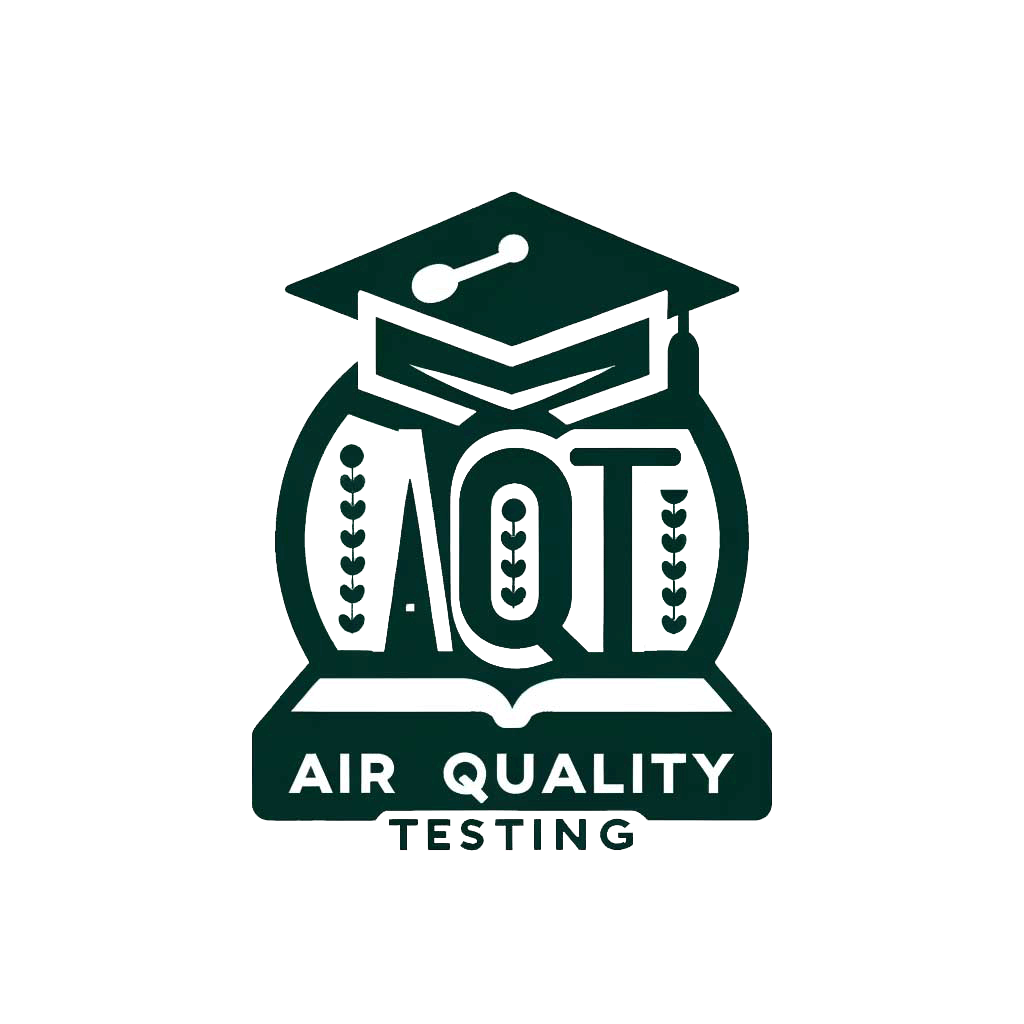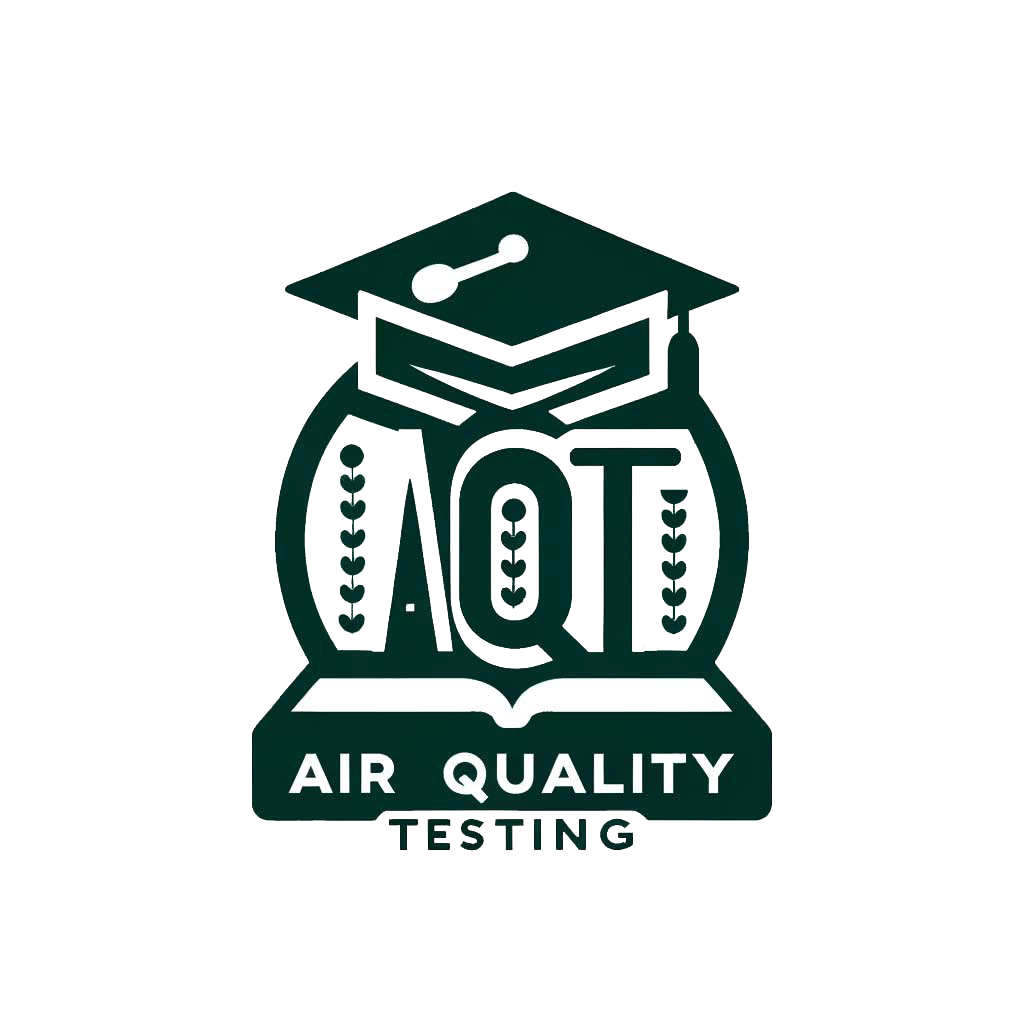Air Quality Testing


Interpreting Test Results: Understanding Your Air Quality Data
Interpreting the results of air quality tests is a critical step in assessing the safety and comfort of your indoor environment. The data obtained from these tests can provide valuable insights into the types and concentrations of pollutants present and guide the necessary actions to improve air quality. This comprehensive guide aims to demystify the process of interpreting air quality test results, ensuring that individuals and organizations are well-equipped to understand and act on their air quality data.
Understanding the Basics of Test Results
Pollutant Concentration Levels
- What it means: Test results typically report the concentration of various pollutants in the air, measured in parts per million (ppm), parts per billion (ppb), or micrograms per cubic meter (µg/m³).
- Significance: Concentration levels indicate the severity of pollution and are compared against established health and safety standards to determine if the air quality is within safe limits.
Types of Pollutants
- Common Pollutants: Results will often include levels of common pollutants such as VOCs, particulate matter (PM2.5 and PM10), carbon monoxide (CO), mold, and allergens.
- Relevance: Different pollutants have different sources and health effects. Understanding the types of pollutants can help pinpoint potential sources and appropriate remediation strategies.
Interpreting Specific Aspects of Test Results
Comparing Against Standards
- How to compare: Test results should be compared against air quality standards set by organizations like the EPA, WHO, or OSHA.
- Understanding standards: Standards indicate the maximum safe levels of pollutants. Results that exceed these levels suggest a need for action to improve air quality.
Identifying Patterns
- Temporal Patterns: Look for patterns over time. Fluctuations in pollutant levels can indicate intermittent sources or external factors affecting air quality.
- Spatial Patterns: If multiple locations within a building are tested, comparing results can help identify specific areas with poorer air quality.
Considering External Factors
- Impact of External Events: Consider whether external events, like nearby construction, wildfires, or changes in outdoor air quality, may have influenced the test results.
- Seasonal Variations: Recognize that certain pollutants may have seasonal variations, which can affect concentration levels and air quality.
Acting on Test Results
- Consulting Professionals
- Seek Expertise: If pollutant levels are above recommended standards or if you’re unsure about the results, consult with air quality professionals or industrial hygienists for a detailed analysis and recommendations.
- Developing an Action Plan
- Immediate Actions: If high levels of harmful pollutants are detected, take immediate action to address the source, such as improving ventilation, adjusting HVAC settings, or conducting a more thorough cleaning.
- Long-term Strategies: Develop a long-term plan to manage air quality, which might include regular maintenance of HVAC systems, routine air quality testing, or implementing air purification solutions.
Conclusion
Interpreting air quality test results is an essential skill for anyone concerned about indoor air quality. By understanding the types and concentrations of pollutants, comparing results against established standards, and recognizing patterns and external factors, individuals and organizations can make informed decisions to maintain and improve the air quality in their environments. Remember, consulting with professionals and developing a comprehensive action plan are key steps in ensuring a healthy, safe, and comfortable indoor atmosphere
frequently asked questions
How Do I Know If A Duct Cleaning Service Is Reliable?
Answer: Evaluate Their Certifications, Customer Reviews, And Willingness To Provide Free Inspections And Transparent Pricing.
Is There A Specific Cleaning Method That Is Best?
Answer: Reputable Companies Follow Industry-Standard Cleaning Techniques That Align With NADCA Guidelines.
Are Duct Cleaning Services Necessary Annually?
Answer: The Necessity For Annual Cleaning Varies. Discuss Frequency With The Company And Consider Other Factors, Such As Indoor Air Quality And System Usage.
What Should Be Included In A Duct Cleaning Quote?
Answer: A Comprehensive Quote Should Outline The Cleaning Process, Associated Costs, And Any Additional Services Provided.
Do I Need To Prepare My Home Before The Cleaning Service Arrives?
Answer: Clear The Area Around Air Vents And Ensure Easy Access To The Ducts For A Smooth And Efficient Cleaning Process.
Are Duct Cleaning Chemicals Safe For Occupants?
Answer: Reputable Companies Use Safe Cleaning Agents, But It’s Essential To Inquire About The Products Used And Voice Any Concerns You May Have.
What Happens During A Duct Cleaning Service?
Answer: Duct Cleaning Involves A Thorough Inspection, The Use Of Specialized Equipment To Remove Debris, And Sanitization If Necessary.
Can Duct Cleaning Improve My HVAC System’s Energy Efficiency?
Answer: Improved Airflow Resulting From Clean Ducts May Positively Impact HVAC System Performance And Energy Consumption.
Are Duct Cleaning Warranties Common?
Answer: Some Companies May Offer Warranties For Their Services. Review The Terms And Conditions Of Any Warranties Provided.
How Long Does A Typical Duct Cleaning Service Take?
Answer: The Duration Varies Depending On Factors Such As Property Size And Duct Condition, But A Standard Cleaning Usually Takes A Few Hours.



 IAQA
IAQA 


